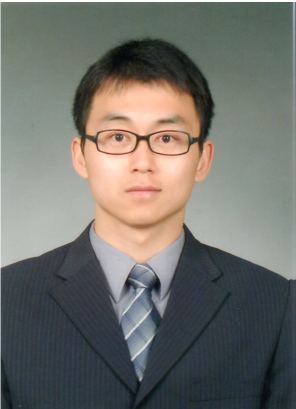

题目:Post and Beyond Materials for Bipolar Plates in PEMFC
时间:2019年8月28日 10:00-11:30
地点:suncitygroup太阳新城官网 F207会议室
邀请人:彭林法 研究员(薄板结构制造研究所)
Biography
Seong Su Kim is an Associate Professor in the Department of Mechanical Engineering at K AIST. He has expertise in mechanical design of composite structures and improvement of energy storage systems using functional composite materials. After receiving his Ph.D. degree from the Department of Mechanical Engineering at the Korea Advanced Institute of Science and Technology (KAIST) in 2007, he worked for two years at KAIST as a research professor to develop a new LNG containment system using composite structures. He moved to the University of Tokyo in Japan in 2009 as a Global Centers of Excellence Program (GCOE) researcher and conducted research on the curing process for thermosets composites using optical fiber sensors until 2010. From 2010 to 2017, he worked as an Assistant Professor and Associate Professor of the Department of Organic Materials and Fiber Engineering at Chonbuk National University in Korea. During that time, he concentrated on the composite manufacturing process to enhance the mechanical properties of thermoplastic composites. He joined the Department of Mechanical Engineering at KAIST in February, 2017.
AIST. He has expertise in mechanical design of composite structures and improvement of energy storage systems using functional composite materials. After receiving his Ph.D. degree from the Department of Mechanical Engineering at the Korea Advanced Institute of Science and Technology (KAIST) in 2007, he worked for two years at KAIST as a research professor to develop a new LNG containment system using composite structures. He moved to the University of Tokyo in Japan in 2009 as a Global Centers of Excellence Program (GCOE) researcher and conducted research on the curing process for thermosets composites using optical fiber sensors until 2010. From 2010 to 2017, he worked as an Assistant Professor and Associate Professor of the Department of Organic Materials and Fiber Engineering at Chonbuk National University in Korea. During that time, he concentrated on the composite manufacturing process to enhance the mechanical properties of thermoplastic composites. He joined the Department of Mechanical Engineering at KAIST in February, 2017.
Abstract
Proton exchange membrane fuel cells (PEMFCs) are composed of bipolar plates, end plates, membrane electrode assemblies, and gas diffusion layers. Among these components, the bipolar plates (BPs) are the main components of PEMFCs because they account for a large part of the volume, cost, and weight.
Recently, thermoplastic or thermosetting composites reinforced with continuous carbon fibers, carbon fabrics, and conductive fillers have attracted attention owing to their advantages of ease of machining, good corrosion resistance, and light weight. In particular, thermoplastics are more convenient for mass production in terms of cost and productivity due to the ease of molding. In addition, thermoplastics have excellent corrosion, impact and damage resistance and can be easily recycled. However, thermoplastics have been used less in bipolar plates than other materials due to their lack of electrical conductivity, which is critical independent of the final application of the device. Recently, thermoplastic composite bipolar plates have been developed using continuous carbon fibers and carbon fabrics to enhance the electrical conductivity. However, carbon fiber composites have low electrical conductivity in the direction perpendicular to the fiber length and high interfacial contact resistance. Other carbon-based conductive fillers can be incorporated into the thermoplastic matrix to improve the electrical properties. However, the high filler concentration increases the molten viscosity of thermoplastics, which makes it difficult to impregnate the thermoplastic resin into fiber bundles. In addition, the poor impregnation state leads to inferior mechanical properties and a lower electrical conductivity of composite materials. In this work, various types of carbon materials reinforced thermoplastic composite BPs were made by using novel fabricating methods to improve the degree of impregnation and electrical conductivity simultaneously.